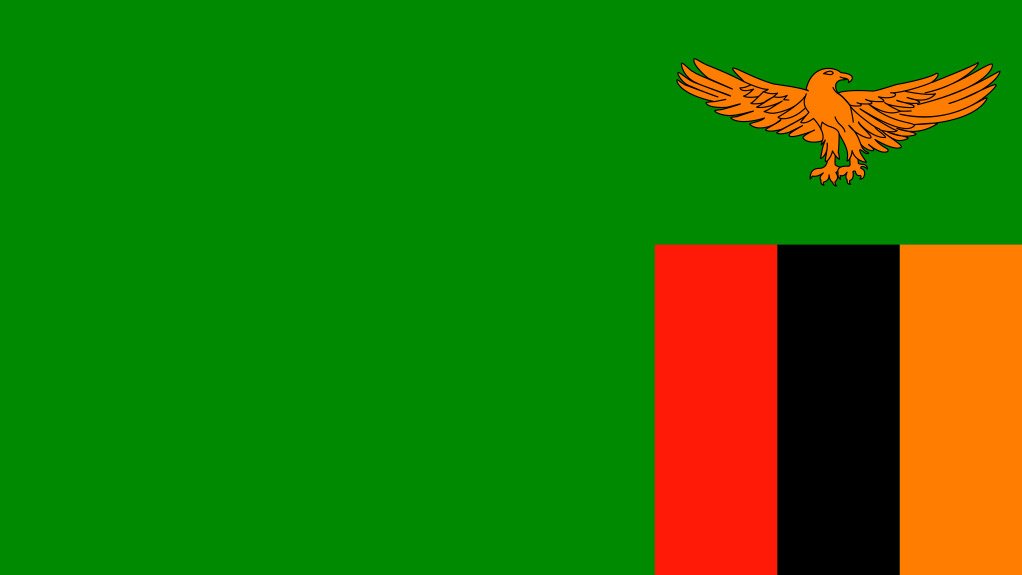Zambia’s annual inflation accelerated to a more than three-year high in February as the impact of its worst drought in more than a century and a steep depreciation in the kwacha continued to push up meat and grain costs.
Consumer prices rose 16.8% this month, compared with 16.7% in January, acting Statistician-General Sheila Mudenda told reporters in an online briefing, on Thursday.
Zambia’s central bank this month raised the key interest rate by a half percentage point to 14.5%, its highest level in more than eight years, to support the currency and curb inflation. Annual inflation has exceeded the central bank’s 6% to 8% target band since May 2019.
Earlier this month, Finance Minister Situmbeko Musokotwane said inflation will probably peak by May as improved rains help slow food and electricity price growth.
The dry spell has contributed to an 18.5% slump in the kwacha over the past year as costly food and electricity imports increased because of shortages. The energy regulator last month extended an 115% increase in electricity prices for large power consumers by three months to help pay for imports.
Zambia relies on hydropower to generate about 85% of its electricity, making it extremely vulnerable to reduced water supply.
Food price growth quickened to 20.6% in February, compared with 19.2%. Non-food inflation slowed to an annual 11.7%, from 13.2% last month. Prices rose 2.4% in the month from 2.1% in January.
EMAIL THIS ARTICLE SAVE THIS ARTICLE FEEDBACK
To subscribe email subscriptions@creamermedia.co.za or click here
To advertise email advertising@creamermedia.co.za or click here











